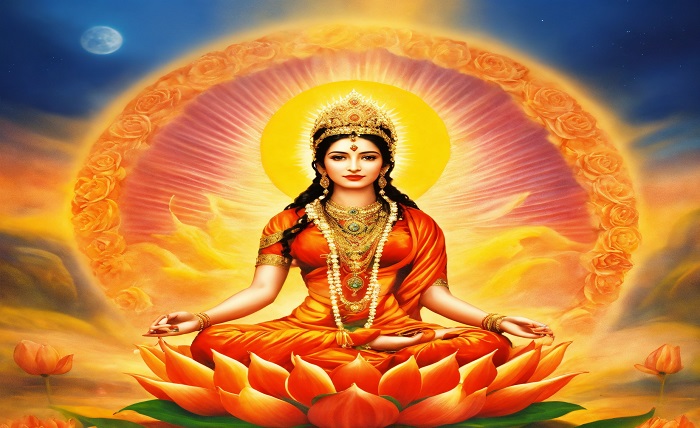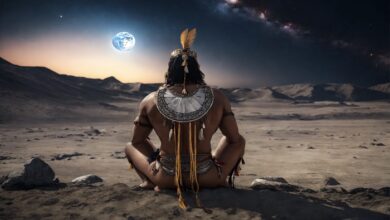Purnima Kab Hai: Complete Guide to Full Moon Dates and Significance in 2025

The question of purnima kab hai is essential for anyone following Hindu festivals, rituals, or simply wishing to experience the spiritual energy of the full moon. Purnima, or full moon, occurs once every lunar month when the moon is fully illuminated and shines brightly in the night sky. Understanding purnima kab hai helps devotees plan religious activities, fasts, and ceremonies associated with this auspicious day. In 2025, every month brings a unique full moon date, and knowing purnima kab hai allows families and communities to participate in cultural events and spiritual practices.
Purnima Kab Hai – Monthly Dates in 2025
One of the main reasons people ask purnima kab hai is to prepare for religious observances, family gatherings, and meditation sessions. In 2025, the first purnima falls in January, followed by dates in February, March, and all the way through December. Each purnima kab hai is determined according to the lunar calendar, which is slightly different from the Gregorian calendar, so it is crucial to check accurate sources. Knowing purnima kab hai in advance helps devotees fast, perform poojas, and engage in charity, ensuring that they make the most of this spiritually charged day.
Importance of Knowing Purnima Kab Hai
Understanding purnima kab hai is more than just knowing the date; it carries cultural, spiritual, and practical importance. Devotees use the full moon to perform rituals, worship deities, and meditate under moonlight, believing that the energy of purnima enhances spiritual growth. People also plan family gatherings, health practices, and charity on days when purnima kab hai. Knowing purnima kab hai is particularly significant for observing festivals such as Guru Purnima, Sharad Purnima, and Kartik Purnima, which are linked directly to the lunar calendar and full moon timing.
Festivals Celebrated on Purnima – Understanding Purnima Kab Hai
Many Hindu festivals revolve around the question of purnima kab hai, as the full moon adds spiritual and ceremonial significance. For example, Guru Purnima is celebrated to honor teachers and mentors, while Sharad Purnima is associated with the divine play of Krishna and the moonlight’s healing energy. Kartik Purnima is another major festival, marking holy river rituals and lighting lamps. By checking purnima kab hai, devotees can plan to participate fully in these festivals, ensuring they engage in fasting, prayers, and other traditional customs.
Rituals and Practices on Purnima – When Purnima Kab Hai
Once you know purnima kab hai, specific rituals and practices can be observed to maximize the benefits of this full moon. Many devotees take early morning baths, perform Lakshmi Puja or Shiva Puja, and offer prayers to the moon. Fasting on purnima kab hai is considered auspicious, believed to bring health, prosperity, and spiritual growth. In addition, some people meditate under the moonlight or chant mantras. Following these rituals on the correct purnima kab hai date ensures alignment with cosmic energy, which enhances mental peace and spiritual well-being.
Astrological Significance of Purnima – Knowing Purnima Kab Hai
Astrologers often advise people to observe purnima kab hai because the full moon affects the mind, emotions, and energy levels. Purnima occurs when the moon is opposite the sun, symbolizing balance and illumination. Knowing purnima kab hai allows individuals to plan important decisions, rituals, and spiritual practices. It is believed that performing meditation, poojas, or charity on purnima kab hai enhances positive energy and reduces negative influences. The timing of the moon can also influence horoscopes, making it crucial to understand purnima kab hai for astrological planning.
Cultural Practices and Folklore Around Purnima – Purnima Kab Hai
Across India and other countries influenced by Hindu culture, asking purnima kab hai is a common practice among families and communities. Various regions have unique customs associated with the full moon, including night-long singing, folk dances, and storytelling. Local folklore often ties purnima kab hai to love, fertility, prosperity, and harvest cycles. By knowing purnima kab hai, people can celebrate community traditions, prepare special foods, and engage in charitable activities, making the day not only spiritually significant but also socially enriching.
How to Track Purnima Kab Hai Easily
Tracking purnima kab hai is simple if you use lunar calendars, apps, or official Hindu Panchang websites. Many people rely on online resources to confirm exact dates and timings of the full moon. Once you know purnima kab hai, you can plan religious activities, meditation, or community events accordingly. Additionally, understanding purnima kab hai helps in scheduling festivals, family gatherings, or personal spiritual practices without missing the auspicious timing. Keeping a dedicated calendar or reminder ensures you never miss a significant full moon.
Conclusion
The question of purnima kab hai is not just about marking dates; it is about connecting with cultural traditions, spiritual energy, and the cycles of nature. By knowing purnima kab hai, devotees can participate in festivals, perform rituals, meditate, and observe fasts that enhance physical, emotional, and spiritual well-being. From traditional celebrations to modern spiritual practices, the significance of purnima kab hai remains timeless. Tracking and respecting the full moon allows individuals to harmonize their lives with nature’s rhythm while keeping alive rich cultural and religious traditions.
FAQs
1. What does Purnima mean and why is it important?
Purnima means full moon and is important because it is considered spiritually auspicious for rituals, fasting, and prayers.
2. How can I find out purnima kab hai?
You can find purnima kab hai using Panchang calendars, mobile apps, or official Hindu websites that track lunar dates.
3. Which festivals fall on Purnima?
Major festivals include Guru Purnima, Sharad Purnima, Kartik Purnima, and many local regional celebrations tied to the full moon.
4. Are there any special rituals to perform on Purnima?
Yes, rituals include fasting, moon worship, prayers, meditation, charity, and cultural ceremonies, all performed according to the purnima kab hai date.
5. Does Purnima have any astrological significance?
Yes, astrologically, Purnima affects energy levels, mental balance, and is considered ideal for spiritual practices and important decisions.





